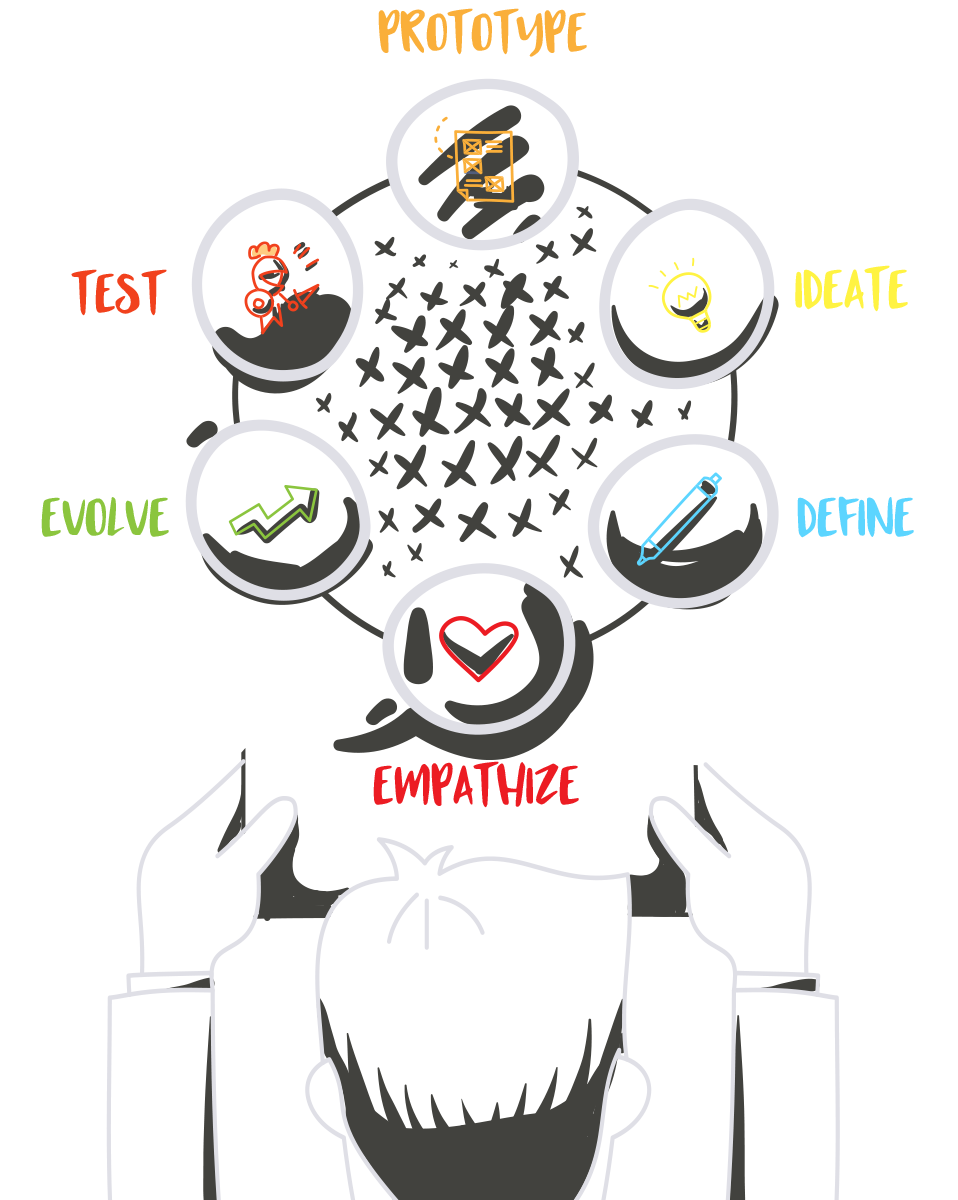People Power
The intersection of
data & heart.
Data driven. Custom designed. People powered.
Your business is living and dynamic and needs flexibility, not fixedness. Design your operational blueprint unburdened by out-of-date models - think beyond what the company thinks possible.
Like the cultures we’re trying to create, you thrive by placing people at its core. Not employees, people. Not job titles, people. Not experience level, people.
I embrace business strategy, design thinking, and data. But I always SEE the people.
Data Driven
Data is a point in time. When we add several points in time, we get a trend. We get a big, beautiful picture when we interpolate trends, empathy work, interviews, research, and everything else that makes up your organization.
Custom Designed
Every leadership architecture, challenge, and culture is unique. There is no one size fits all, no easy answers, no quick wins. Only a process grounded in understanding, ideating, prototyping, and the power of the pivot.
The convergence of data, design, business strategy, and empathy. Through this process, we can solve any challenge and grab any opportunity. You must be open to new ideas.
People Powered
We must build foundations for organizations that are topical, not typical. We must empower our people to be monuments to the workplace that charts a unique course for a unique corporation and its community.
What is Design Thinking?
Design Thinking
Design Thinking is an iterative, human-centered process in which we seek to understand the user, challenge assumptions, and redefine problems in an attempt to identify alternative strategies and solutions that might not be instantly apparent with our initial level of understanding. At the same time, Design Thinking provides a solution-based approach to solving problems. It is a way of thinking and working and a collection of hands-on methods.
Design Thinking revolves around a deep interest in developing an understanding of the people for whom we're designing the products or services. It helps us observe and develop empathy with the target user. Design Thinking helps us in the process of questioning: questioning the problem, questioning the assumptions, and questioning the implications. Design Thinking is instrumental in tackling ill-defined or unknown issues by re-framing the problem in human-centric ways, creating many ideas in brainstorming sessions, and adopting a hands-on approach in prototyping and testing.
What is the I-DVF model
(Purpose, Desirability, Viability, Feasibility)?
Traditionally, Design Thinking works on a DVF model and doesn't consider the 'Intent.' Placing the intent at the top becomes a reference point to which we always return. If we build something not driven by intent, we cannot ensure it is fit for purpose and will achieve our goal.
Intent - Why are we doing this? What is our sincere, emotional 'why' statement?
Desirability - Does our intended audience want this? Are we solving the right pain point? A great example is looking at leading and lagging KPIs. Are we pulling the right leading KPIs leavers to affect massive-scale change?
Viability - This is one of the hardest steps and requires testing. Does it work, and will the customer buy it? In DEI process optimization and change management, viability equates to whether it will have the desired effects, whether the audience will buy into it, whether it will be successful, and whether it will meet the business needs and the strategy it set out to achieve.
Feasibility - Does the business have the right internal structure to achieve its goals? Its technology, finance, management structure, reporting lines, accountability, branding, customer service, etc. Can we do it, and does the business buy into it? Where does it sit within the organization (HR, legal, operations, or CEO)?
Get in touch.
It all begins with an idea. Maybe you want to grow your business, tackle a big challenge that requires fresh eyes or manage a project. Whatever it is, let's chat.




